10 Things You Never Knew About the Iconic Vespa Scooter
The Italian two-wheeler’s 75th anniversary is celebrated in a new coffee table book.
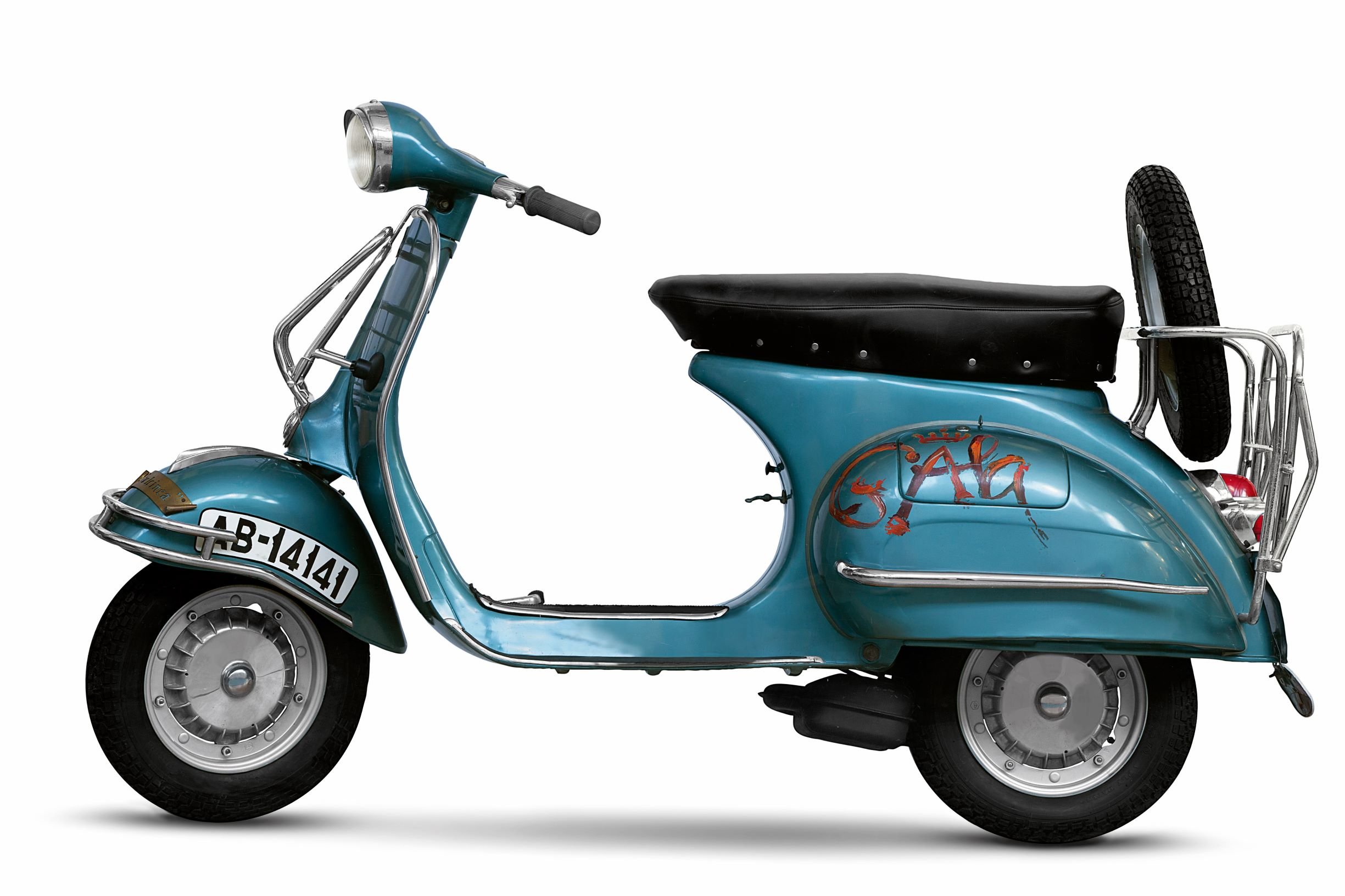
Perfect in its compactness, functionality, and widely imitated design, the Vespa scooter is not only a means of transport, but a true icon. Introduced by the Italian firm Piaggio in 1946 with the model 98, Vespa enjoyed quick success. The scooters’ diminutive size and affordability were perfect for promoting postwar mobility. But as with most novel designs, it would also be highly imitated, destined for icon status. From Piaggio’s origins to the first Vespa prototypes to today’s forward-looking Elettrica model, Vespa has been synonymous with efficient, fun transportation and style.
From the very first licensed productions in the early 1950s, the Vespa was a citizen of the world, capable of interacting in social circles that were worlds apart. It generated such specific cultural phenomena and adapted so well to a wide array of situations as to become a point of reference in each.
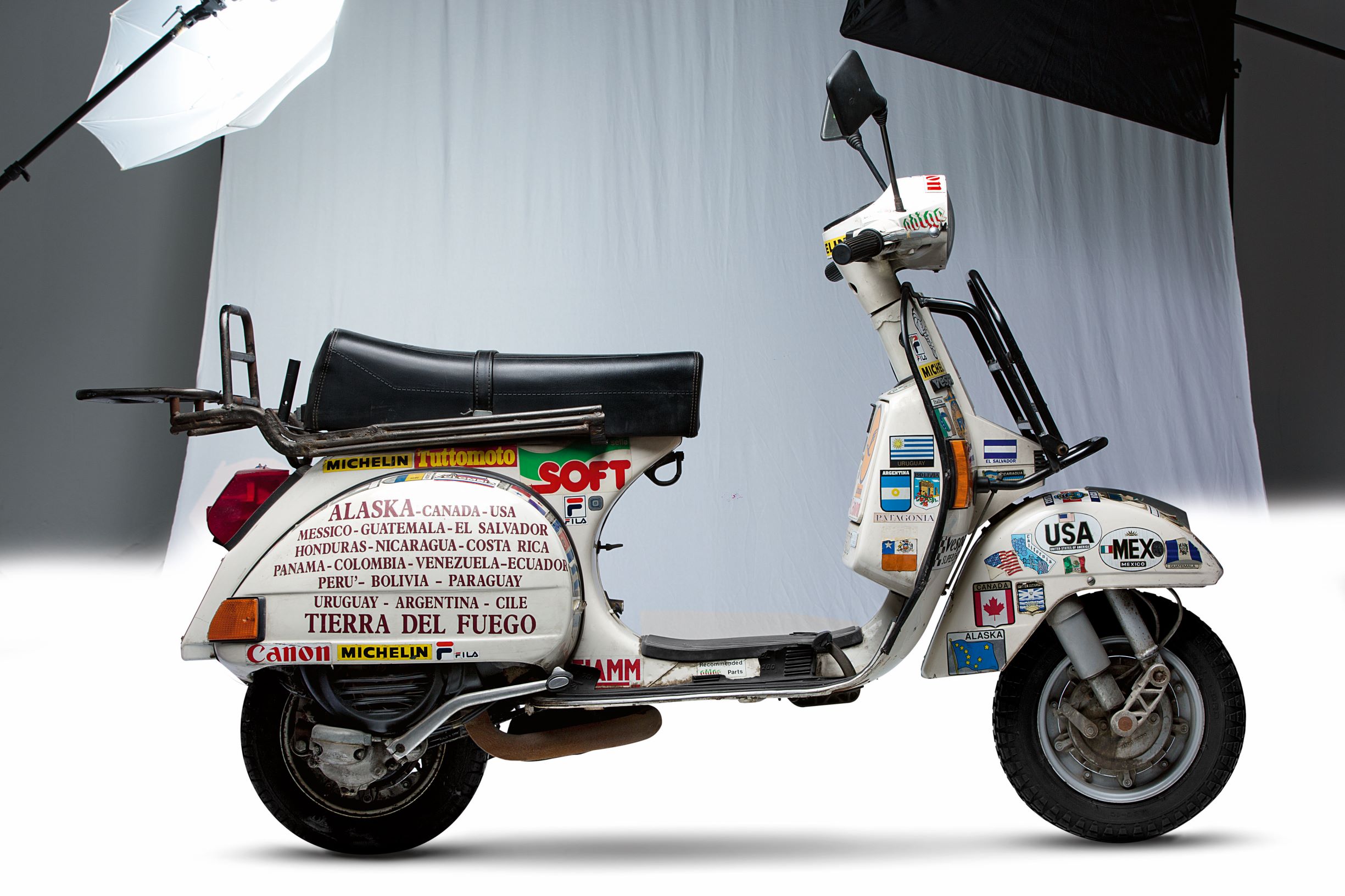
It inspired traditions, musical trends and youthful tendencies. It accompanied countries and continents in their economic and social evolution, and it brought Italy with all of its style, beauty and capacity for combining technology and elegance to the streets of the entire world.
With over 19 million units sold, the Vespa is not simply a scooter, but the scooter, known and appreciated the world over—a rare example of a motor vehicle that survived crises and fashions, always remaining faithful to the original concept. The youth of the decades to come, no matter where they are in the world, will find themselves united by an extraordinary vehicle that has always been and will always be a symbol of freedom; a vehicle that will continue to delight and inspire future generations of enthusiasts.
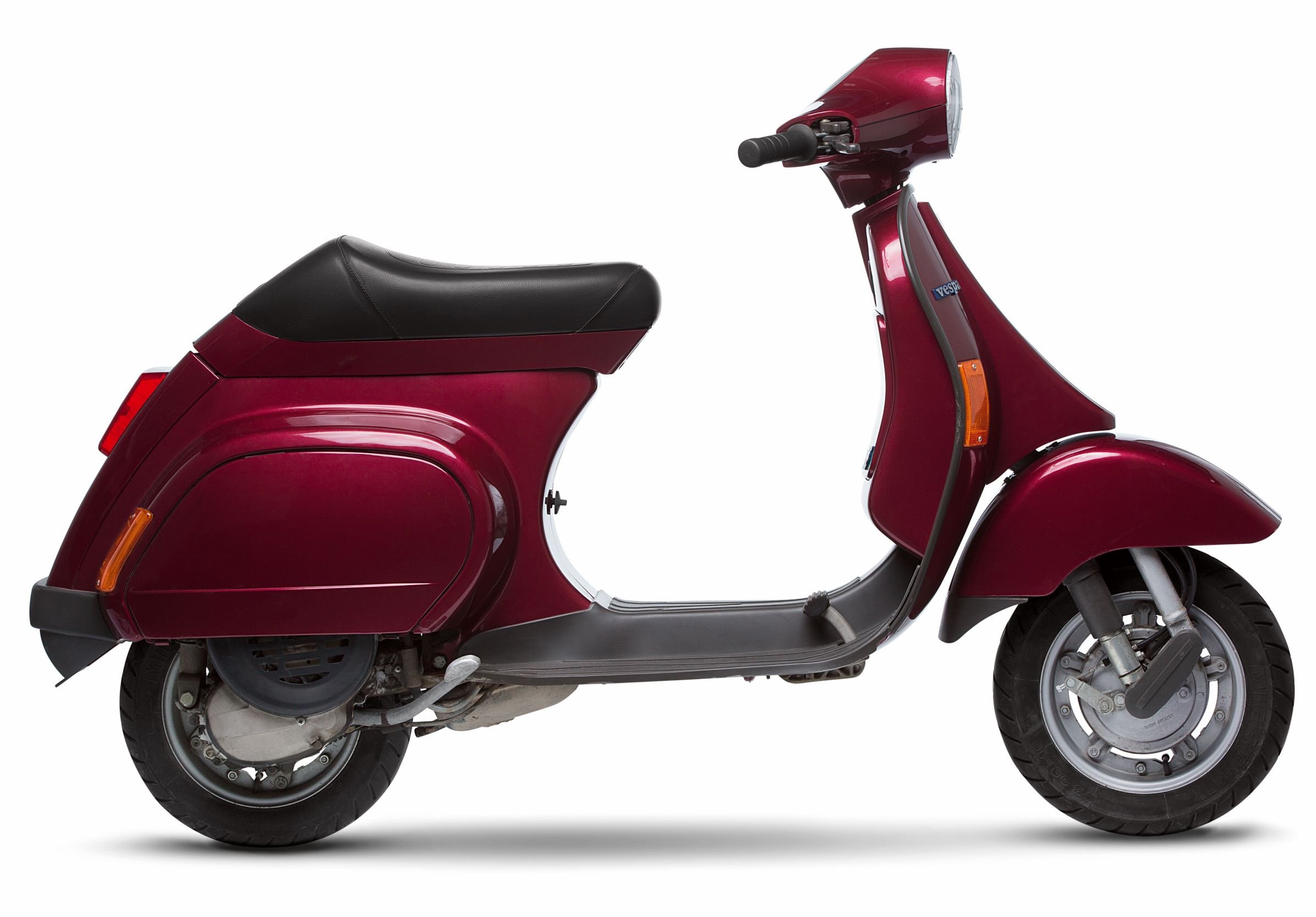
Tried and True
Just as in the past (since the end of the 1960s), Vespas are still crafted in their two original “vespino” (small-frame) and “vespone”
(large-frame) sizes.
Racy Heritage
The Vespa Sei Giorni 300 HPE features eye-catching number plates reminiscent of the scooters that won the 1951 Six Days Trial Race, which included off-road competition.
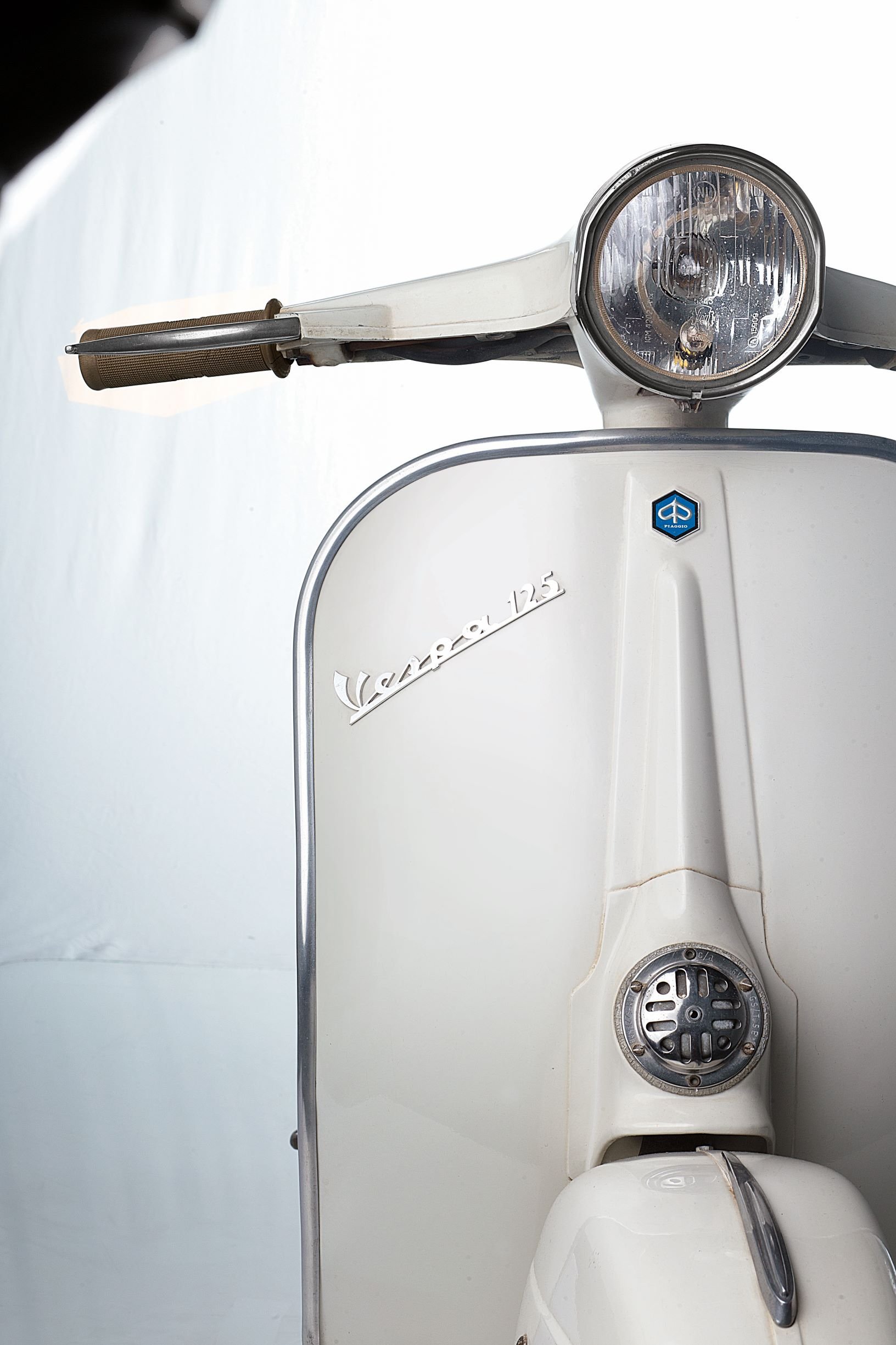
Land Speed Record
The fastest Vespa is a 125cc missile that reached 106.26 mph on a jaunt from Rome to the nearby coastal town of Ostia in 1951. The most powerful model is the Vespa GTS 300 with 23.8 horsepower.
Time-Tested Suspension
Today’s front suspension maintains the same design of the first 1946 prototype, which was ingeniously adopted from Piaggio’s aeronautical designs.
An Electric Future
The newest and most revolutionary Vespa is the Elettrica. The all-electric, zero-emissions model is available with either 30- or 45-mph top speeds.
https://www.instagram.com/p/CGXXVg8lm8F
The Vespa at 50
The new generation Vespa launched in 1996 features the traditional steel frame, but with an automatic transmission. To celebrate Vespa’s 50th anniversary, the ET 50 was presented to the international press in Rome’s historic center.
Special Edition for 60
Designed to celebrate Vespa’s 60th anniversary, the special GTV series inspired by the first 1946 prototype featured a chrome handlebar, a headlight on the front fender, and two separate seats.
Legacy Models
The names of some Vespa models are carried over from past scooters, such as Primavera, Sprint, and Six Days.
https://www.instagram.com/p/CGm0JPqsdWd
Size Matters
For many years, Vespa scooters were equipped with 10-inch-diameter wheels, but the newest models’ measure 11 inches.
Social Conscience
Unveiled in 2013, Model 946 embodies the latest evolution in original style. For each scooter sold, Piaggio donates $150 to the Global Fund to Fight AIDS with (RED), effectively providing medicines in Sub-Saharan Africa for over 500 days.
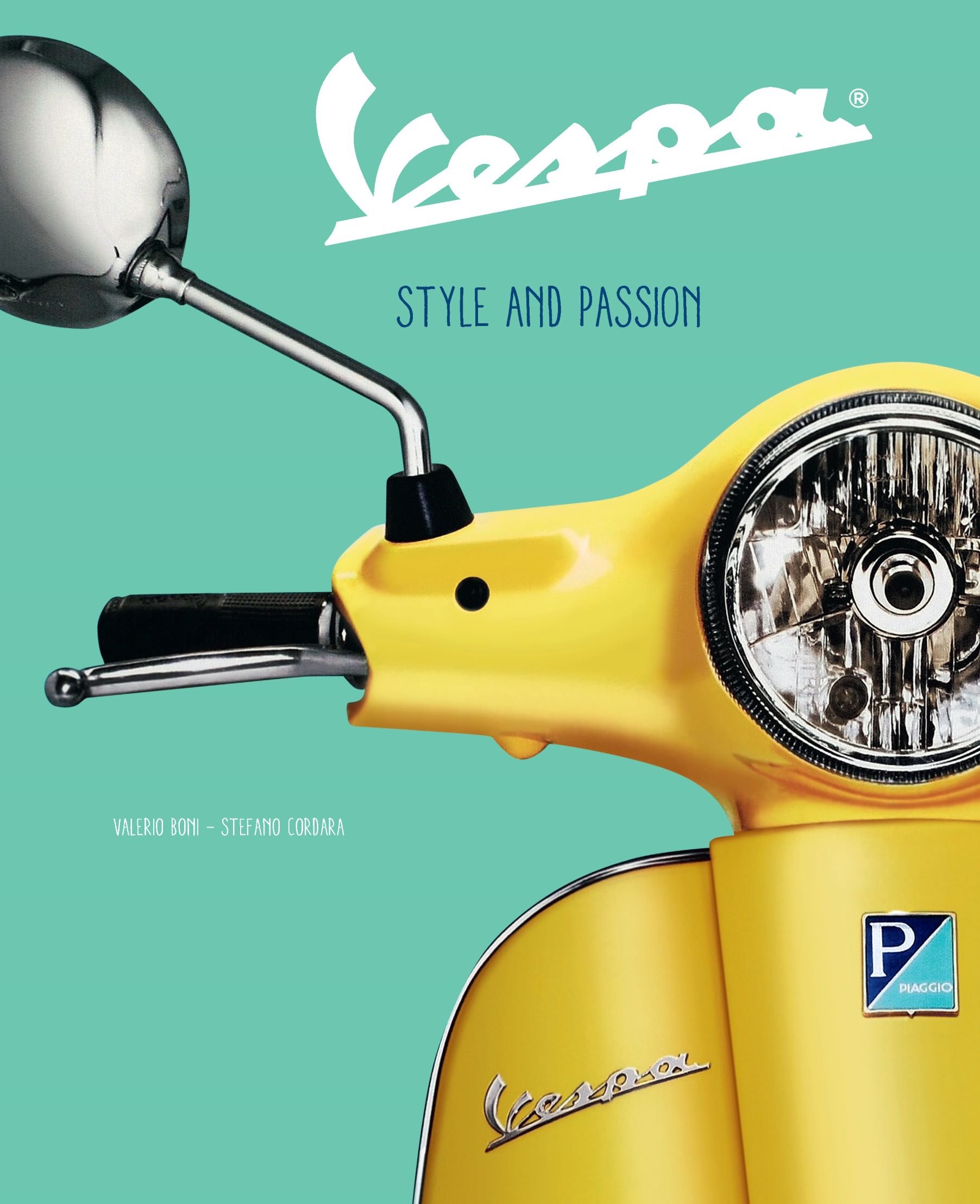
“Vespa: Style and Passion” by Valerio Boni and Stefano Cordara—available now on Amazon—celebrates the beloved Italian scooter’s 75-year history and the culture it inspired.
